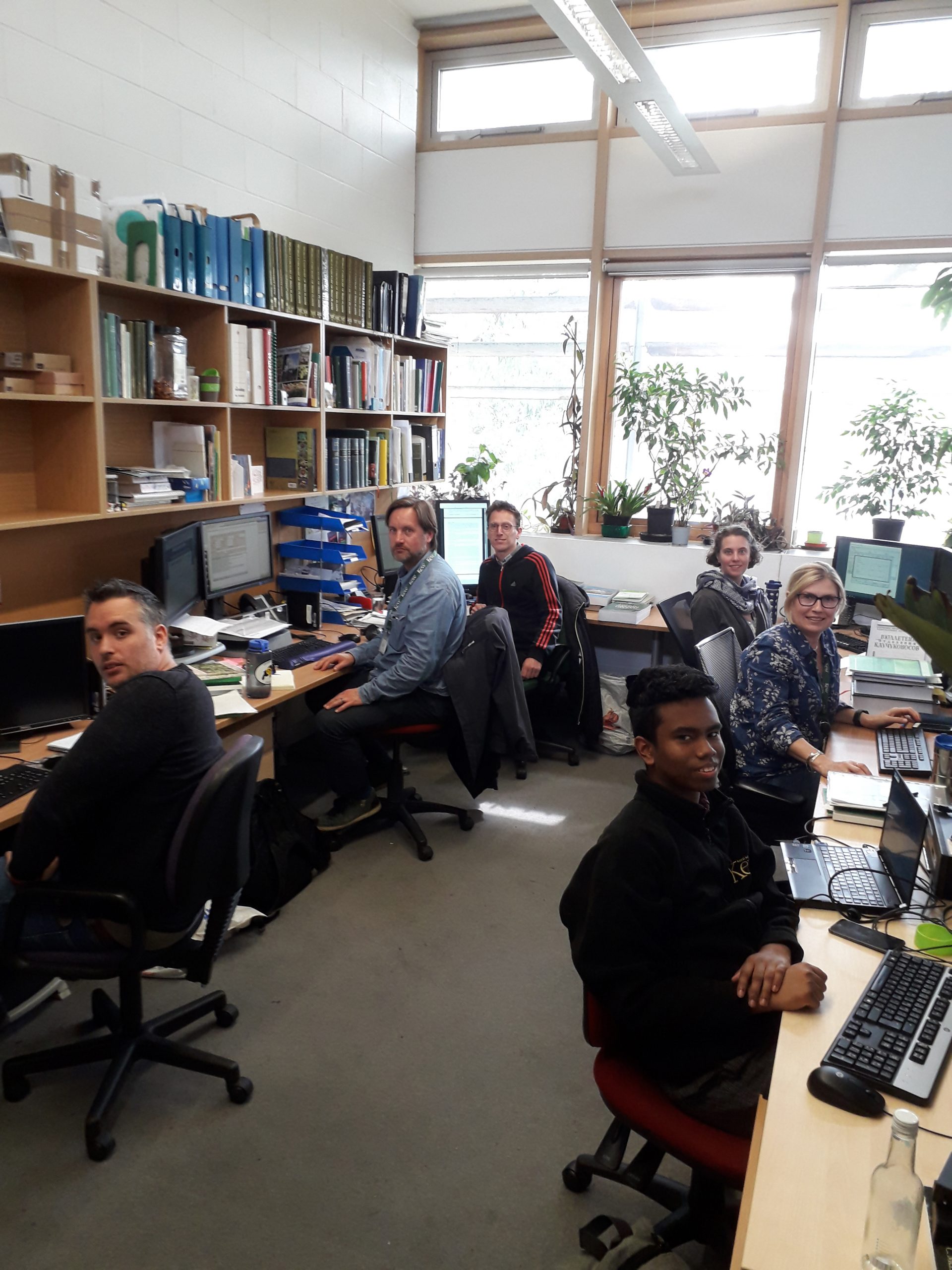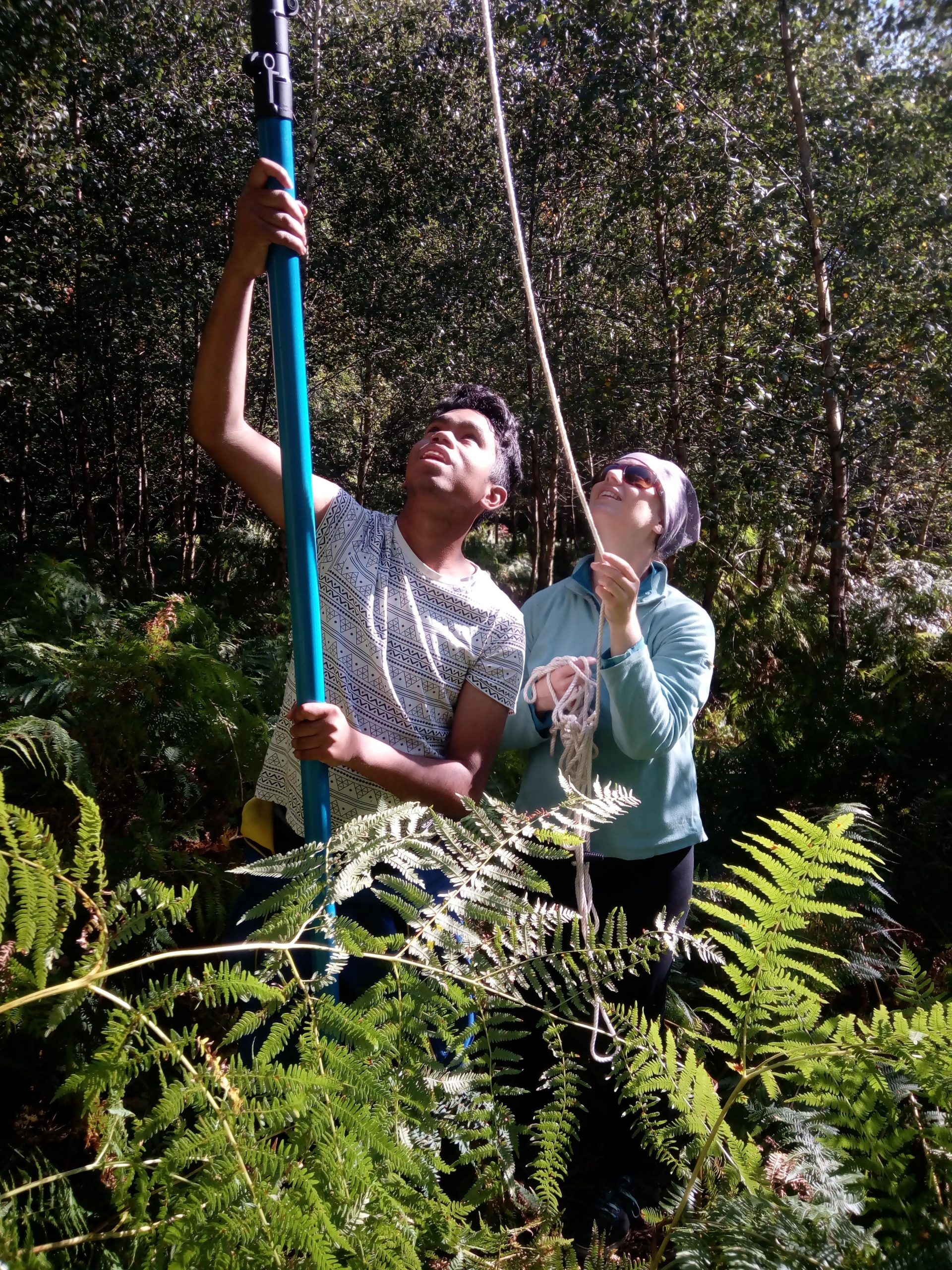Plants and the People Who Name Them: The International Plant Names Index and BHL
At the end of the twentieth century, the The Royal Botanic Gardens, Kew, The Harvard University Herbaria, and The Australian National Herbarium began collaboration on an ambitious project—to create an online index of names for all of the world’s vascular plants [1].
By combining the data in the nomenclatural indices of these three institutions—namely Index Kewensis, the Gray Card Index, and the Australian Plant Names Index—the collaboration created the International Plant Names Index (IPNI). Hosted by the Royal Botanic Gardens, Kew, today the database includes over 1.6 million records. As part of the provided nomenclatural information, IPNI includes bibliographic details linked to scanned literature in the Biodiversity Heritage Library (BHL) and links to taxonomic data through the Plants of the World Online.
Not surprisingly, given its role as a source of scanned literature for the Index, BHL is a vital resource for those working to build and maintain the IPNI database.
“I started working for the International Plant Names Index in 2013,” says Heather Lindon, Plant and Fungal Names Editor at the Royal Botanic Gardens, Kew . “I need to be able to look up protologues—the original place of publication of plant names and their descriptions. If the earliest place of publication isn’t known, we can use the name search in BHL to try to find it. Since our modern naming system dates to 1753, BHL has a lot of relevant literature for my work. Also, the rules of the International Code of Nomenclature that govern plant names apply to names published in the past, so consulting older works is still relevant for names being published today.”

Heather Lindon, editor of the International Plant Names Index (ipni.org). Photo credit: Christodoulos Foufoulides.
Lindon has worked in the botanical sciences since 2003. Her resume is extensive and varied, and includes: serving as a paleobotanist at the Smithsonian; working on a native seed collection project at Chicago Botanic Gardens; digitizing plant specimens at the Natural History Museum, London and Kew; teaching university level botany; working in entomology on invasive plant control; running a molecular research lab; and conducting field surveys for the US Army.
For the past seven years, Lindon has worked at the Royal Botanic Gardens, Kew as an editor on the Plant and Fungal Names Curation team, which curates the name, author, and publication data in IPNI. While BHL is often praised for providing access to literature that researchers may not otherwise be able to obtain, it also helps improve the research efficiency of those who do have access to robust research libraries.
“Although the library at Kew Gardens is extensive, since I often only need to look at a single page quickly to confirm a name, it’s much faster to use BHL,” explains Lindon. “With over 1.6 million plant name records to curate, and 6,000 more added every year, anything that can speed up the process is welcome. BHL also gives me access to editions or volumes that might be missing from Kew’s Library.”

The Plant and Fungal Names team hard at work in their office at Royal Botanic Gardens, Kew. Clockwise from Front Left: Ben Moon (Checklist volunteer), Jonathan Krieger (IPNI), Rafaël Govaerts (World Checklist of Vascular Plants), Heather Lindon, Helen Hartley (both IPNI) Rahim Dina (Student Intern on IPNI to scan literature and link IPNI to BHL).
From verifying the accuracy of the place, date and publication data in IPNI to confirming original spellings, establishing the correct author of a name, or reviewing the language of the original plant description, Lindon and her colleagues use BHL almost daily. For the small team managing the IPNI database, including Lindon and two other content editors at Kew and a collaborator at Harvard University Herbarium, the access and efficiencies that BHL provides are essential.
“BHL is a fantastic tool,” lauds Lindon. “For me personally, it also allows me to work from home more often, which is a huge bonus. That would not have been possible just five or 10 years ago in this kind of work. Even when I am in the office, I can find the information I need quickly.”
The Library is also useful both for answering reference questions received from users and as a way for users to provide feedback to the IPNI team members.
“We receive emails daily from users of our database to address matters of nomenclature. Answering these questions often involves searching through BHL’s literature,” shares Lindon. “Our users who send in questions and corrections can also send us a link directly to the relevant BHL page, which means we can sort out and answer their questions quickly.”

The chance to get together every 6 years to discuss nomenclature for a week is very exciting – for a nomenclaturist! IPNI team members Heather Lindon and Helen Hartley went to the conference in Shenzhen, China in 2017. Photo credit: Helen Hartley.
While BHL is an important repository of scanned literature for the database, inserting links to relevant pages on BHL was once a manual process for Lindon and her colleagues. However, a redesign of the IPNI website dramatically improved this workflow by making use of BHL’s OpenURL Resolver to create dynamic links to BHL pages.
“When IPNI designed its new website, we made sure that it could parse the information about the publication title, volume page and year,” says Lindon. “That means we don’t have to make individual links from names in our system to BHL. We can just tidy up the publication details in one go, and it will automatically link to the correct page in BHL.”
Lindon hopes that IPNI and BHL can build upon this progress to collaborate even further in the future.
“We would like for there to be stronger ties between the IPNI name list and the scientific name finder in BHL,” asserts Lindon. “That will make it easier for us to find names for keeping the database updated, but also for users to find literature on plant names in the search.”
While there are many publications in the Library are are useful for her research, such as the digitized volumes of the original printed copies of Index Kewensis, Lindon’s favorite publication in BHL is Taxonomic Literature 2 (TL-2). TL-2 is a 15 volume guide to the literature of systematic botany published between 1753 and 1940. It serves as the standard by which authors’ names and titles should be abbreviated in works on systematic botany [2].
“Having Taxonomic Literature 2 scanned means that we can easily link to it in our system,” shares Lindon. “If there is a question of publication date or authorship, we can click right through from the author’s record in IPNI and find the answer in TL-2 via BHL.”

Occasionally, the IPNI team does get out of the office for other projects. Heather Lindon and IPNI Intern Rahim Dina did some seed collecting for Kew’s UK Native Tree Seed Collecting project. Photo credit: Fran Culverhouse.
As an enthusiastic BHL user, Lindon is not only grateful for the support that BHL provides to herself, her colleagues, and the IPNI user community, but she is also proud that her institution is part of BHL’s global consortium—a passionate community working to ensure that everyone, everywhere has access to essential literature.
“It’s been good for Kew’s scientific library to be able to share what they have with users around the world,” affirms Lindon. “BHL makes the information that is often hidden away in institutions accessible, especially for those who might not always have access to a botanical library.”
We are proud to know that BHL is such a vital resource for the International Plant Names Index and its community of editors and users, allowing the Library to support the progression of the plant sciences and the work of systematic botanists around the world.





I would like to know correct current scientific name with authority of
Sida cordifolia